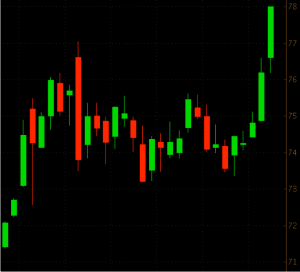
Trading Platform Tutorials
Welcome to Trading Platform Tutorials
in the Trading Platforms Tutorials section, you will find How-To guides for using and setting up trading platforms for various programs. Featured programs will be:
- Coming Soon! SierraChart
- Thinkorswim
- TOS Mobile
- TradeStation
You will learn how to configure the platforms from the perspective of real professional traders. You will see how to avoid common pitfalls and optimize your screen real estate. The material will be posted in blog format, with embedded media.
| Here is a sampling of topics which will be covered: |
| 1. Setup a multiple time frame layout |
| 2. Make the best use of screen real-estate |
| 3. Save chart and workspace layouts |
| 4. Work with multiple monitors |
| 5. Customize existing studies |
| 6. Build custom studies from scratch |
| 7. Quarterly videos detailing new features added to the platform |
View Trading Platform Tutorials on YouTube:
You can access all of the video content in this site directly from the Hahn-Tech YouTube Channel. The video content of the channel is organized into playlists. Each playlist consists of videos grouped by topics and/or projects.

Thinkorswim fit predicted price range
Thinkorswim provides a feature to display the expected price of the underlying stock given a specific option contract price. This feature is often overlooked but can be accessed through the platform’s chart settings.
Here are the key points:
The expected price is calculated using the option’s strike price and extrinsic value (premium).
This feature is available on the active trader platform, specifically in the options chain, top-right corner, marked as “+/- #”, which represents the predicted price action of the underlying at expiration.
This predicted price is not a prediction of future price movement, but rather a theoretical estimate of how much the security’s price could realistically move in a day in response to external factors.
Example: In the options chain, if an option contract has a strike price of $50 and an extrinsic value of $5, the predicted price would be $55 (strike + extrinsic value).
Note: This feature is not the same as the Expected Price Range (EPR) mentioned in the Risk-Based Concentration (RBC) Margin System, which is a broader calculation of potential price movement.